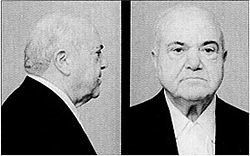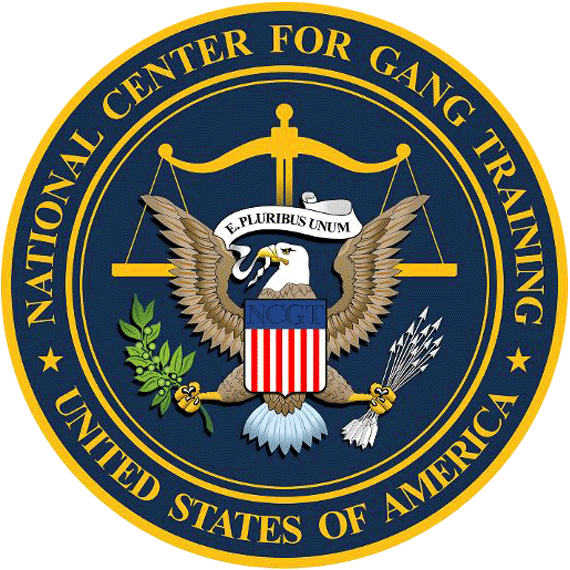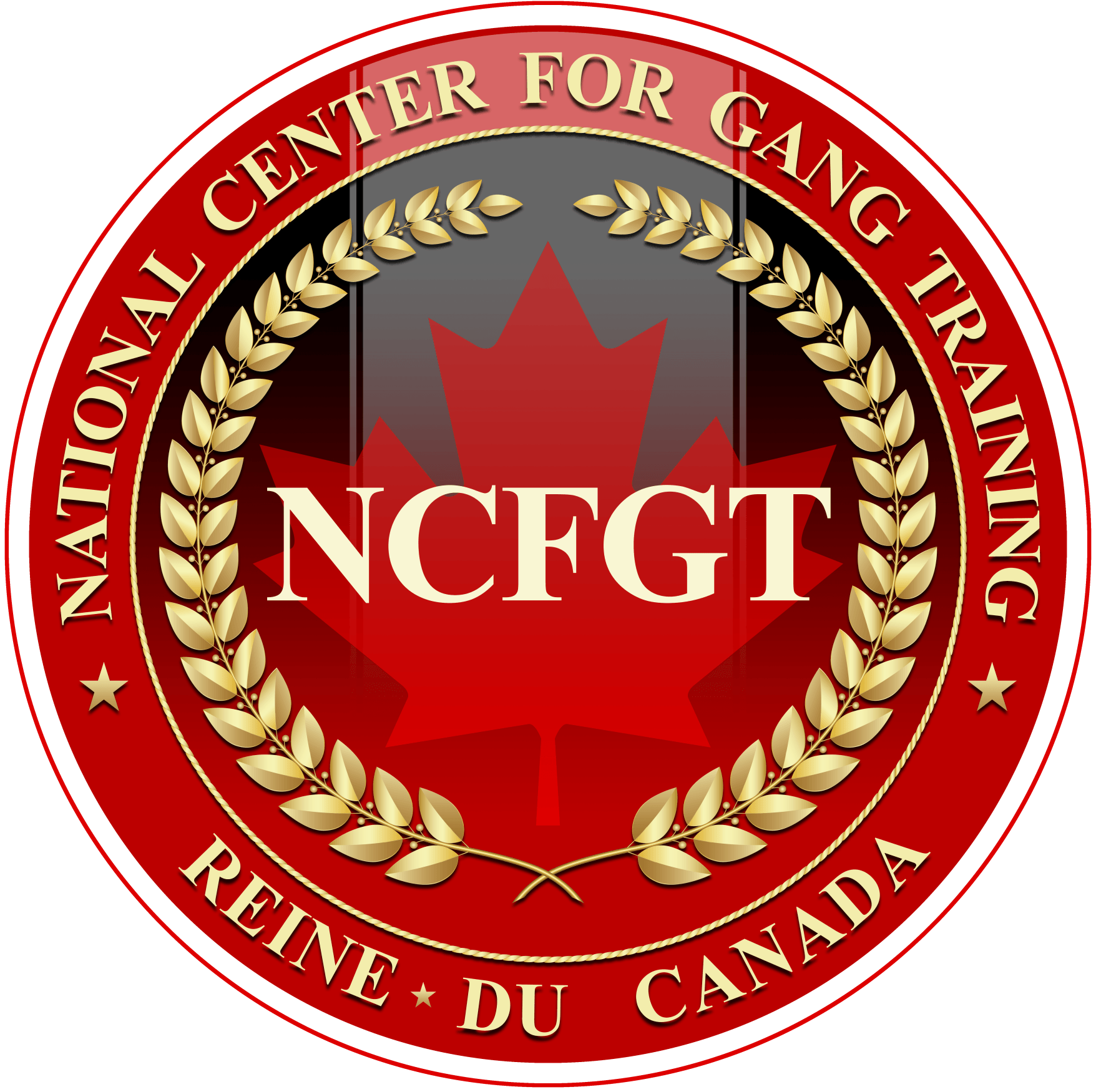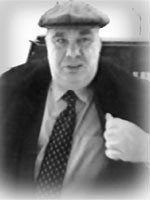Russian Mafia
Russian Mafia
The Russian Mafia [rʌ'sijskəjə 'mɑːfijə /'rʊskəjə 'mɑːfijə]; (Russian: Рoссийская мафия, Rossiyskaya Mafiya; Русская Мафия, Russkaya Mafiya) is a name applied to organized crime syndicates in Russia and Ukraine. The mafia in various countries take the name of the country, as for example the Ukrainian mafia.
Bratva [[brʌt'vɑː]] (Братва; slang for "brotherhood", which applies to all gangs, including rivals) is a another name designating a range of organized crime syndicates originating in the former Soviet Union, Russia and the CIS. Since the 1991 fall of the Soviet Union, these groups have amassed considerable worldwide power and influence. They are active in virtually every part of Russian society. Russian criminals are internationally active in illegal oil trade, human trafficking, drug trafficking, smuggling of weapons and nuclear material and money laundering. In December 2009, Timur Lakhonin, the head of the Russian National Central Bureau of Interpol, stated: "Certainly, there is crime involving our former compatriots abroad, but there is no data suggesting that an organized structure of criminal groups comprising former Russians exists abroad".
History
Organized crime has existed in Russia since the days of the Czars and Imperial Russia in the form of banditry and thievery. In the Soviet period Vory v zakone or "thieves in law" (understood as "bound by code") emerged. This class of criminals had to abide by certain rules in the prison system. One such rule was that cooperation with the authorities of any kind was forbidden. During World War II some prisoners made a deal with the government to join the armed forces in return for a reduced sentence, but upon their return to prison they were attacked and killed by inmates who remained loyal to the rules of the thieves. During the era when the Soviet economy took a downhill turn, the Vory would take control of the black market with the help of corrupt officials, supplying products such as electronics or delicatessen during the Brezhnev era which were hard to reach for the ordinary Soviet citizen.
Fall of the Soviet Union
'Don' Mogilevich believed to be the "boss of bosses" of the Russian Mafia.[6]
The real breakthrough for criminal organizations began in 1988, when the Soviet Union legalized private entrepreneurship, allowing free trade. However the new law said nothing about regulations and security of market economy. Crude markets started forming, the most notorious being the Rizhsky market where prostitution rings were run next to the Rizhsky Railway Station in Moscow. As the Soviet Union headed for its collapse, so too did the economy and resulted in a social decay. Desperate for money, many former government workers turned to crime, others joined the former Soviet citizens who moved overseas, and the Russian Mafia became a natural extension of this trend. Former KGB agents, sportsmen and veterans of the Afghan and First and Second Chechen Wars, now finding themselves out-of-work but with experience in areas which could prove useful in crime, joined the increasing crime wave. Widespread corruption, poverty and distrust of authorities only contributed to the rise of organized crime. Contract killings, bombings and kidnappings reached an all-time high with many gangland murders taking place, a substantial number remaining unsolved. By the mid-1990s it was believed that the Jewish born "Don" Semion Mogilevich had become the "boss of all bosses" of most Russian Mafia syndicates in the world, and described by the FBI as "one of the most dangerous men in the world". By 1993 almost all banks in Russia were owned by the mafia, and 80% of businesses were paying protection money. In that year, 1400 people were murdered in Moscow, crime members killed businessmen who would not pay money to them, also reporters, politicians, bank owners and other opposed to them. The new criminal class of Russia took on a more Westernized and businesslike approach to organized crime as the more code-of-honor based Vory faded into extinction.
Lubyanka Criminal Group Book
Lubyanka Criminal Group (also translated as The Gang from Lubyanka) is a book by Alexander Litvinenko about the alleged transformation of the Russian Security Services into a criminal and terrorist organization. Lubyanka is known as KGB headquarters. In the book, Litvinenko claims that Russian prime minister Vladimir Putin and other FSB officers have been involved in organized crime, including covering up drug traffic from Afghanistan.
Internationalization
The former Soviet Bloc's opening up to the world and the internationalization of its economy also gave the Russian mafia connections to other criminal organizations around the world such as the Chinese Triads or the Sicilian Cosa Nostra. Connections with Latin American drug cartels allowed the Russian mafia to import cocaine into the country. Vyacheslav "Yaponchik" Ivankov was the first major ethnically Russian organized crime figure prosecuted by the U.S. government, running his extortion operations out of Brighton Beach Brooklyn. Russian organized crime has spread to many other countries as well including Israel, India, Hungary, South Africa, Spain, Thailand and the United Kingdom.
Connections to Islamic Fundamentalism
The Chechen independence movement has gained widespread attention and support in the Islamic world and throughout the conflict foreign charity organizations and fighters from many Arab countries have volunteered their services. Since the September 11, 2001 attacks in New York City, the Putin administration has made several attempts to link Russian and Chechen insurgents to Al-Qaeda. Allegations of Al-Qaeda and Taliban links to the Russian and Chechen mafia have recently appeared and well-known Chechen leaders have been at different times referred to in the media as Islamists, terrorists, and mafia bosses. In a 1995 interview, former president of the Chechen Republic of Ichkeria Dzhokhar Dudayev gave his opinion of the Russian media's representation of Russian and Chechen rebels:
The use of narcotics profits to finance the Russian and Chechen separatist movement and its links to Islamists groups has been suggested by various intelligence agencies. The Russian mafia presence in Argentina has been linked primarily to the use of Argentina as a transit country for Andean cocaine shipments to Europe in fishing treaters and cargo ships, arms trafficking to Brazil and Colombia, and money laundering. In the so-called "tri-border" area between Argentina, Brazil and Paraguay - which is home to a sizable Arab Muslim population - Argentine intelligence sources have detected contacts between Chechen separatist groups and "Islamic terrorists" and suspect Chechen use of these networks for arms smuggling purposes. On the other side of the globe, to finance their separatist movement, Islamist leader Shamil Basayev and his Chechen followers transported Afghani heroin through Abkhazia to the Black Sea or through Turkey to Cyprus and then on to Europe.
In 1998 it was reported by Riyad 'Alam-al-Din in Nicosia and an unidentified Al-Watan al-'Arabi correspondent in Moscow that Osama bin Ladin dispatched a delegation to the Chechen Republic made up of his group and representatives of the Taliban. Secret meetings were held in the outskirts of Grozny with some members of the Chechen Mafia to put the final touches on "the nuclear warheads deal." Allegedly the deal cost $30 million in cash from Osama bin Ladin's treasury and a grant of two tons of Afghan heroin donated by the Taliban. It was claimed that bin Ladin resorted to the services of the Chechen Mafia after many of his aides, some specializing in nuclear physics, failed in their attempts to acquire nuclear technology and equipment. However, these reports have yet to be confirmed by outside sources.
Individual gangs
Russian Mafia gangs are typically called "bratvas", "bratva" meaning "brotherhood" in Russian.
- The Solntsevskaya bratva, or Solntsevskaya brotherhood (Russian: Солнцевская братва, the Solntsevo District gang)
- The Izmaylovskaya gang (Russian: Измайловская группировка, from Izmaylovo District) was considered one of the country's most important and oldest Russian Mafia groups in Moscow and also had a presence in Tel Aviv, Berlin, Paris, Toronto, Miami and New York City. It was founded during the 1980s under the leadership of Oleg Ivanov (Олег Иванов) and was estimated to consist of about 200 active members (according to other data of 300–500 people). In principle, the organization was divided into two separate bodies—Izmailovskaya and Gol'yanovskaya (Гольяновская), which utilized quasi-military ranks and strict internal discipline. It was involved extensively in murder-for-hire, extortions, and infiltration of legitimate businesses.
- The Tambov Gang (Тамбовская банда) of Saint Petersburg.
- The Potato Bag Gang, a manifestation of the Odessa Mafia, was a gang of con artists from Odessa that operated in New York City's Soviet emigre community in the Brighton Beach area of New York City in the mid-1970s.
- The Orekhovskaya gang (Russian: Oреховскaя группировкa) was a criminal organization based in Moscow active between the late 80's and early 90's.
In popular culture
- The 1994 film Little Odessa, the Russian Mafia of Brighton Beach, New York is the subject.
- In the FX television show Sons of Anarchy the Russian Mafia is an ally to the Sons of Anarchy Motorcycle Club.
- In the video game Grand Theft Auto IV the main protagonist is at first allied and later on against a Russian Mafia gang.
- The Russian Mafia appears in the Artemis Fowl series of books by Eoin Colfer.
- The 2007 film Eastern Promises, the Russian Mafia in London is the subject.




